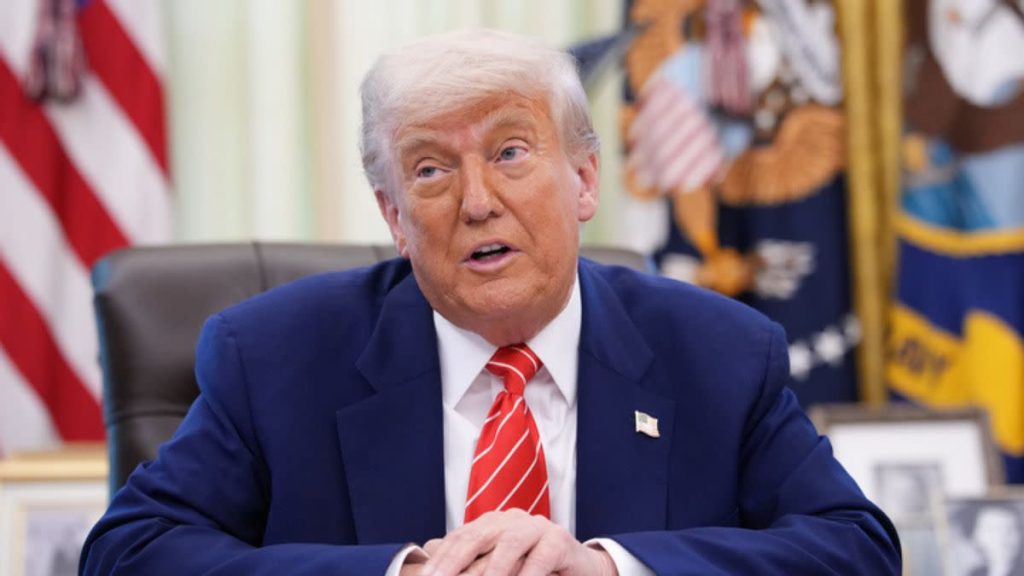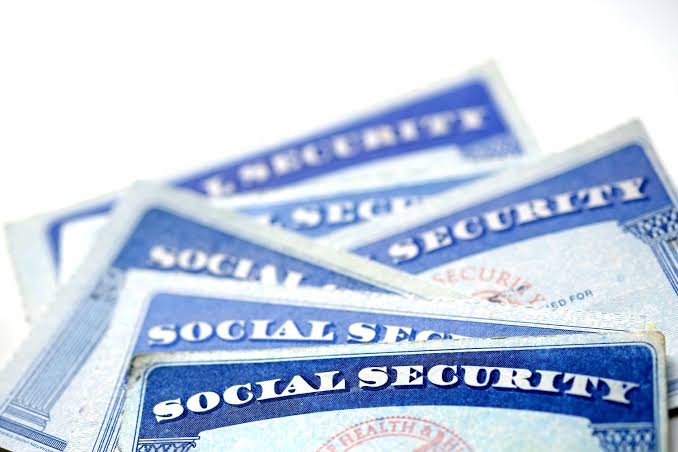Rumors of a massive $5,000 stimulus check in 2025 are spreading like wildfire—but before you start planning how to spend it, you should know the facts. While former President Donald Trump has floated the idea of a taxpayer “dividend” funded by government savings, no such payment is authorized, funded, or close to being approved. The idea hinges on a proposal called the “DOGE dividend,” and it sounds bold—but experts say it’s unlikely to become reality.
What Exactly Did Trump Say About a New Stimulus?
Earlier this year, Trump hinted at a plan to return money to taxpayers through what he dubbed the Department of Government Efficiency (DOGE). At a rally and during a televised summit, he proposed giving Americans a $5,000 check if the federal government could slash $2 trillion in spending over time. According to Trump, part of the savings would be sent directly to the American people, while another portion would go toward reducing the national debt.
The idea originated from financial executive James Fishback, who claimed that if DOGE could cut $2 trillion, each tax-paying household could receive up to $5,000. Billionaire Elon Musk initially backed the concept but has since distanced himself, calling the idea “fiscally reckless.”
Sounds Great, But What’s the Catch?
As exciting as it may sound, the plan faces several major hurdles:
-
It’s Not Funded: Despite Trump’s claims, the government hasn’t saved anywhere near $2 trillion. Independent audits say the DOGE program has only shaved off about $2 billion in spending—a far cry from what’s needed to fund $5,000 checks.
-
No Congressional Approval: Even if the money existed, Congress must approve any new federal stimulus checks. So far, there’s no bill, no budget line, and little political appetite—especially among fiscally conservative Republicans in Congress.
-
Big Legal Barriers: The president can’t legally authorize this kind of payment on his own. Only lawmakers can allocate federal funds for a new stimulus check, and current leadership hasn’t endorsed the idea.
-
Economic Concerns: The U.S. federal deficit hit $1.8 trillion in 2024, and economists warn that pumping more money into the economy could worsen inflation. That’s another reason many lawmakers are hesitant to back any new stimulus effort right now.
What About the IRS—Are They Involved?
The IRS has not announced any fourth stimulus checks for 2025. All payments currently being issued are related to past stimulus rounds—particularly retroactive payments for the 2021 Recovery Rebate Credit, which some Americans may still receive automatically if they qualified but didn’t get it back then.
Any future payments tied to Trump’s proposal would require new legislation, new funding, and clear legal authority—all of which are missing at the moment.

Where Congress and the Public Stand
While Trump has vocalized support for the idea, Congress hasn’t taken action, and even Trump-aligned lawmakers like Senators Ted Cruz and Josh Hawley have yet to publicly endorse the plan. Speaker Mike Johnson has remained silent, and no draft legislation has been introduced.
Without bipartisan backing—or a serious push from Washington leadership—the plan remains more of a political talking point than a viable policy.
Final Thoughts: What You Should Do Now
As of now, there are no confirmed plans for a fourth stimulus check in 2025. The $5,000 “DOGE dividend” is just a proposal with no legal framework or real funding behind it. If you see social media posts or emails claiming you can “sign up” for this money, they’re either speculative or scams.
Instead, your best move is to:
-
Check with the IRS to ensure you received any past credits or refunds.
-
Monitor your state’s Department of Revenue, as some states continue to issue inflation relief or surplus-based tax rebates.
-
Ignore unfounded claims about federal checks unless they come directly from IRS.gov or a government press release.



